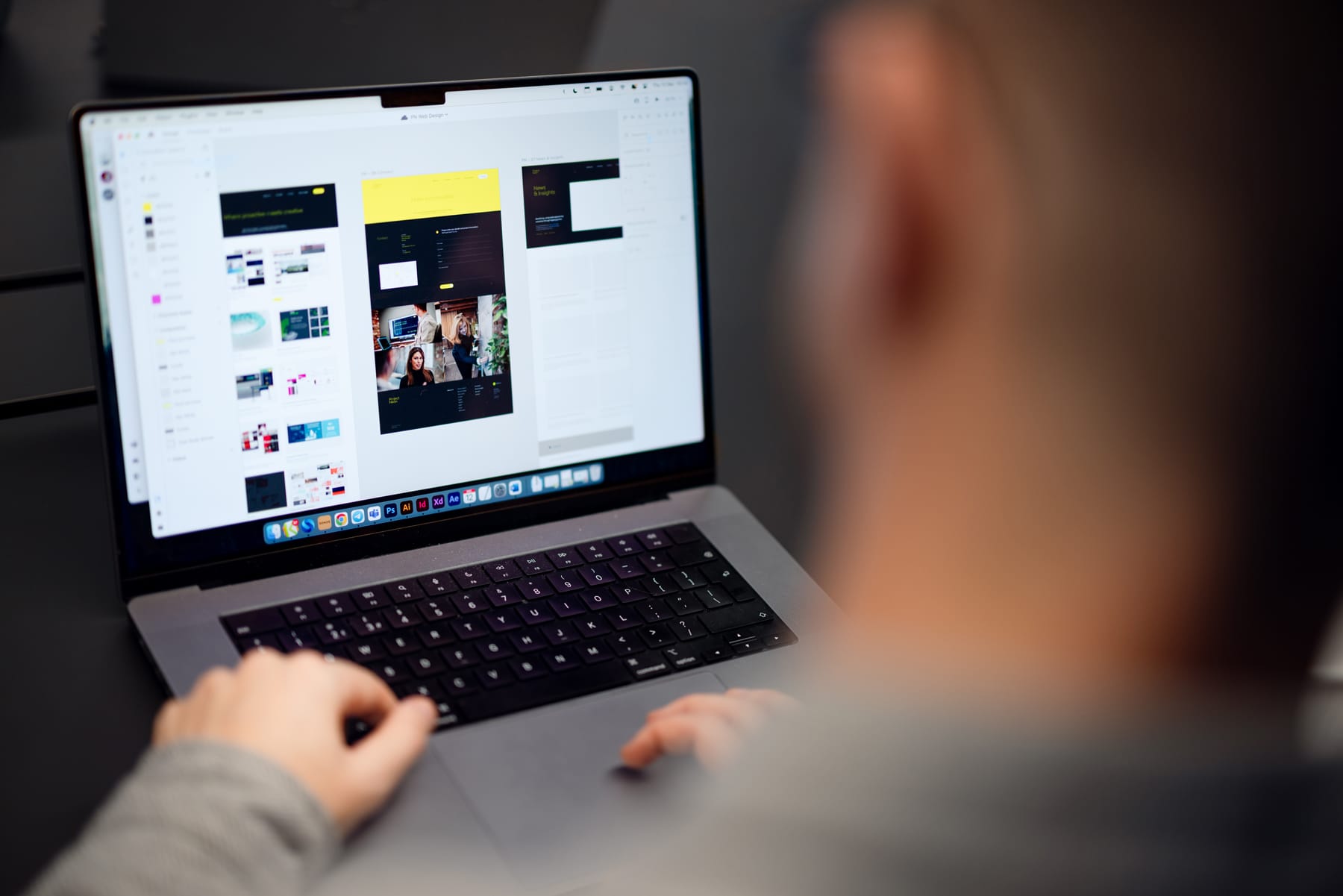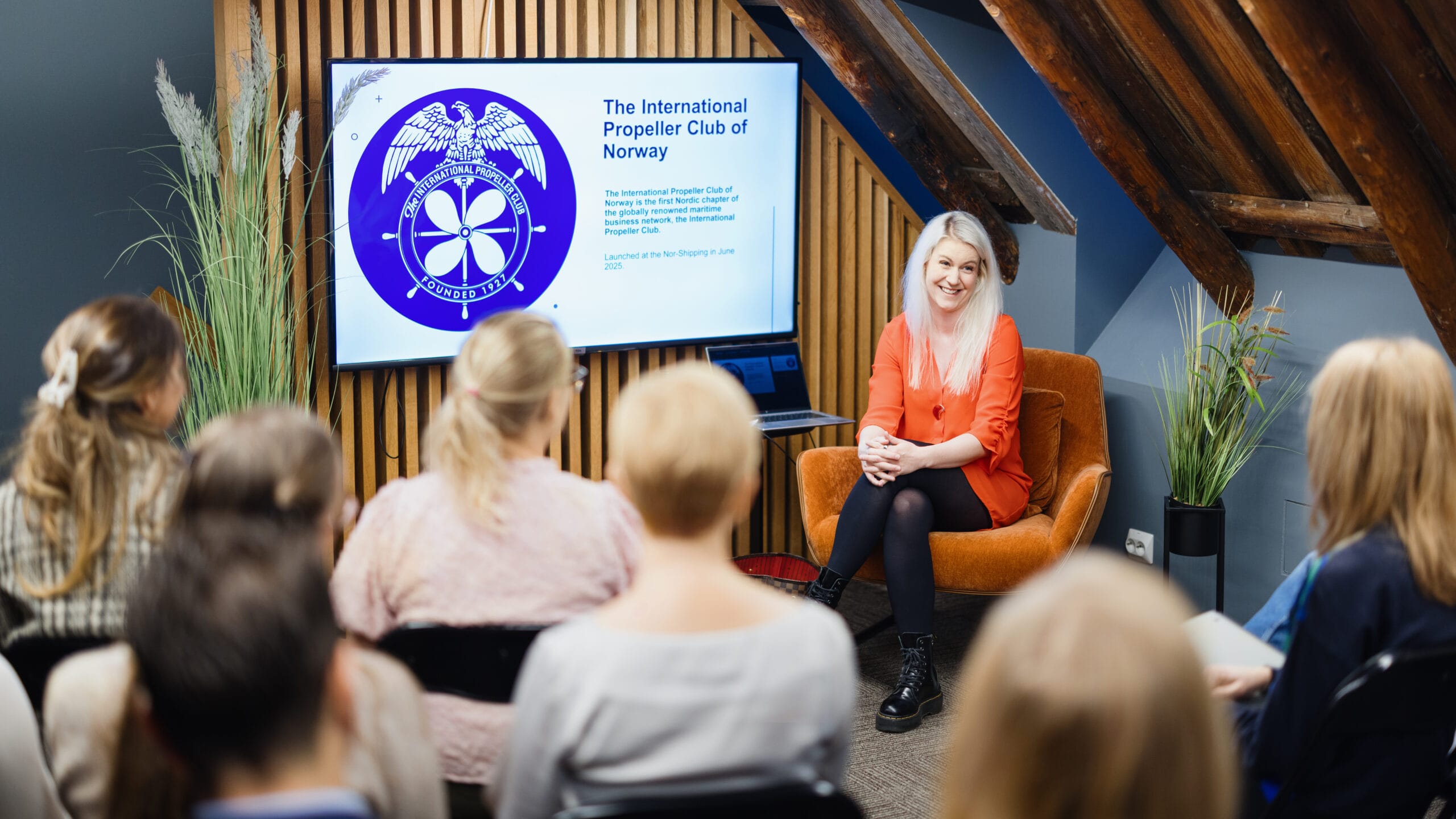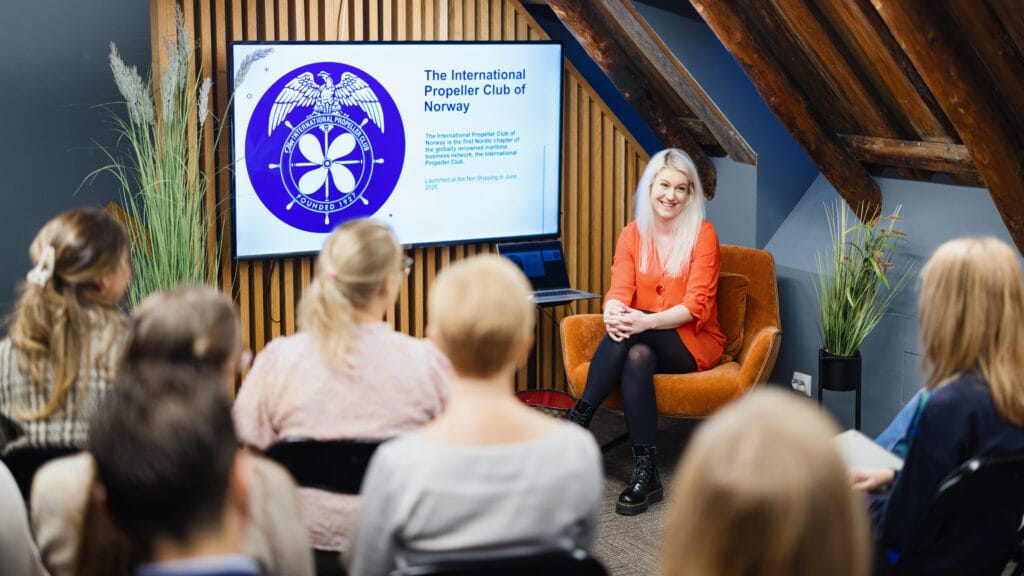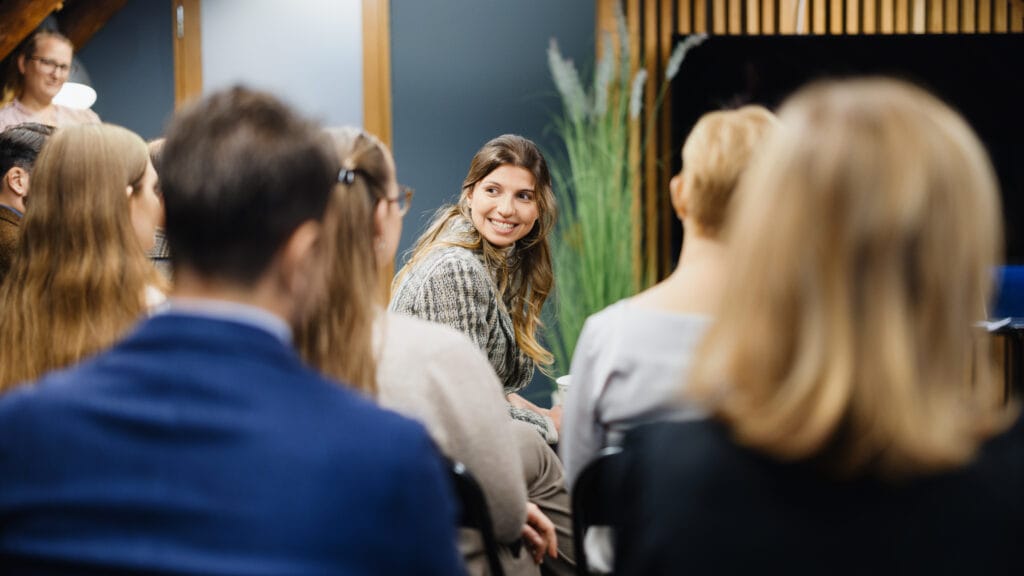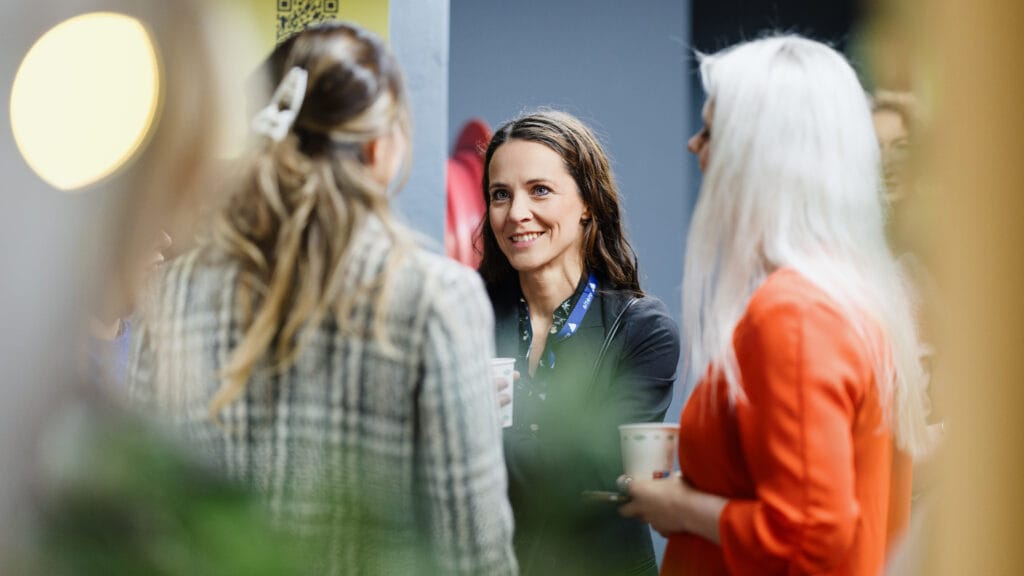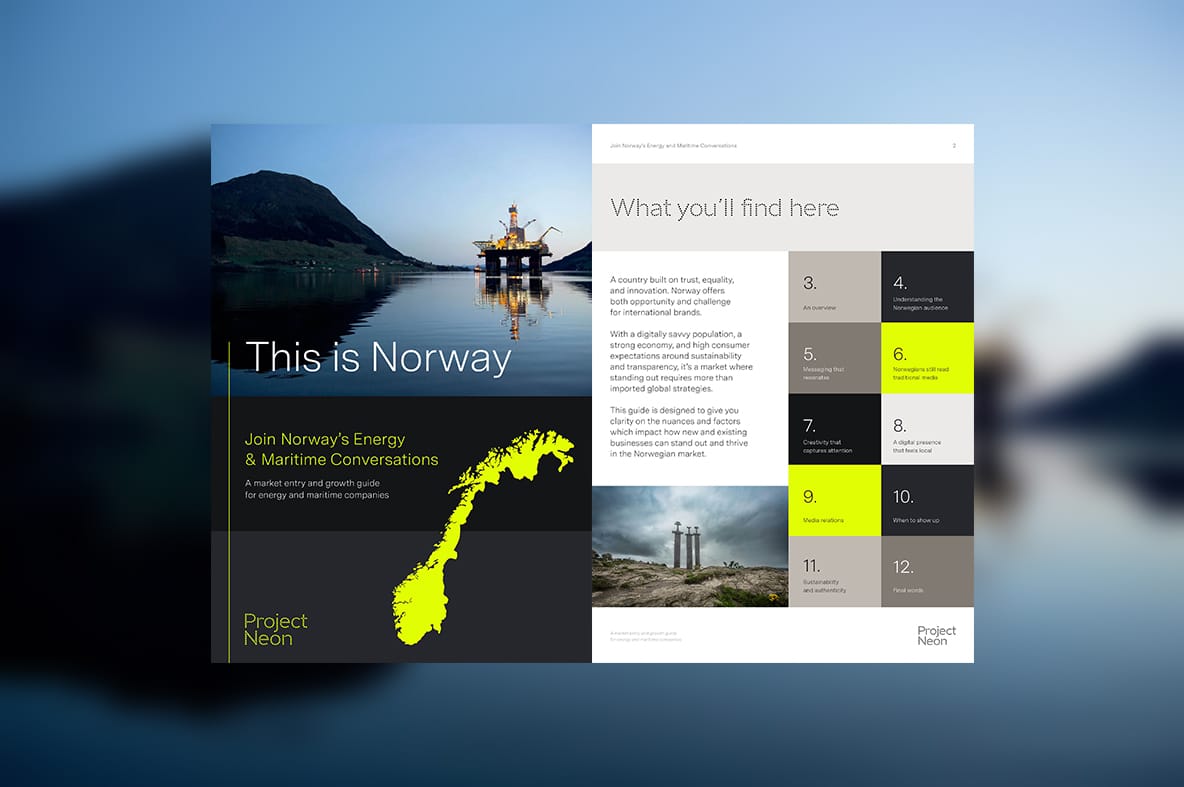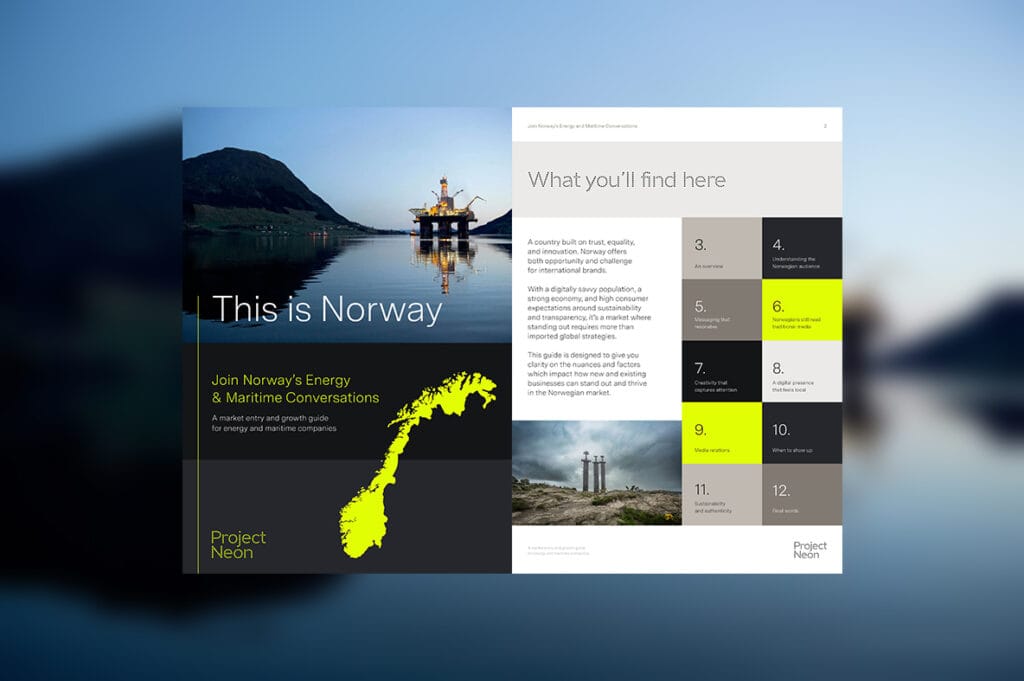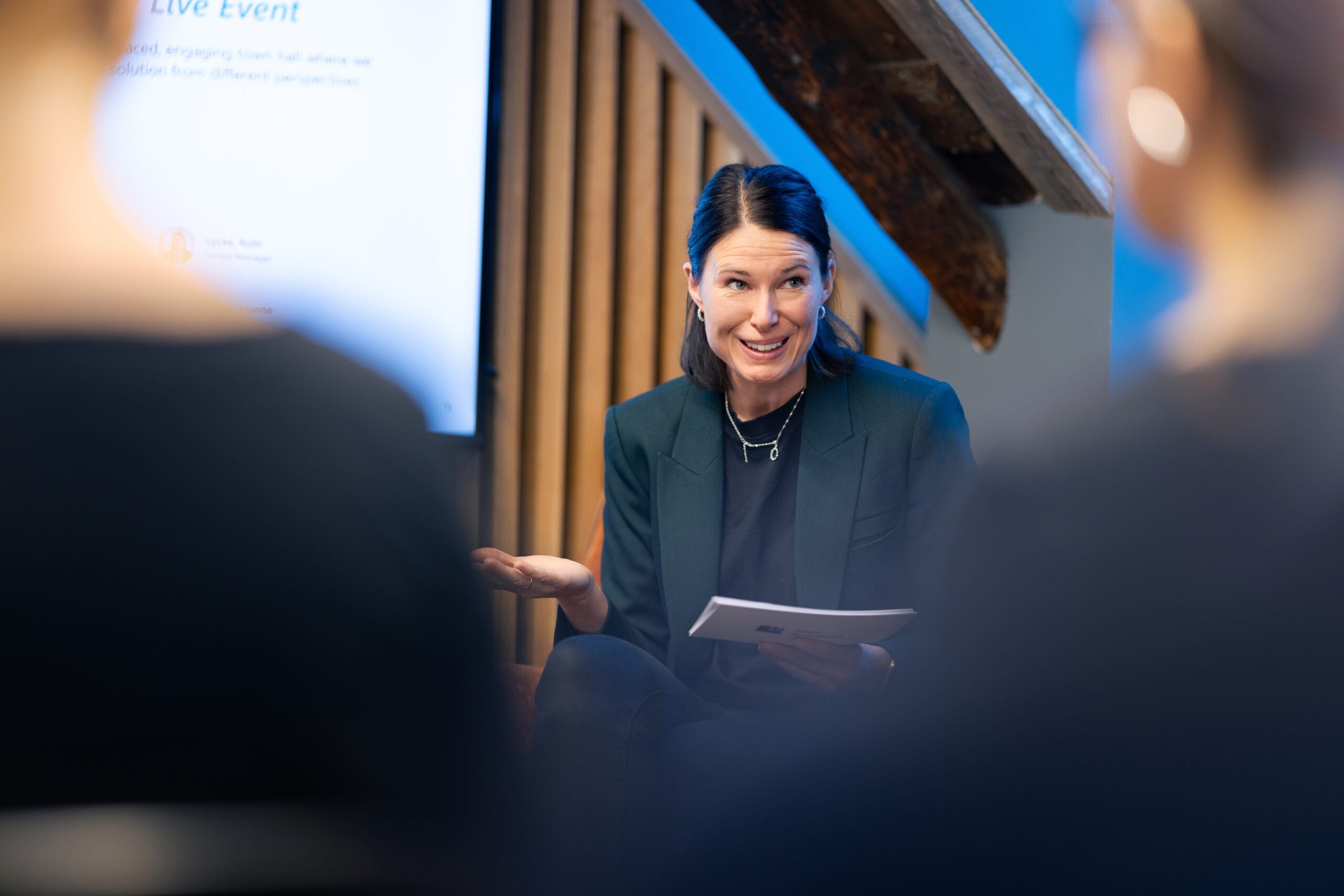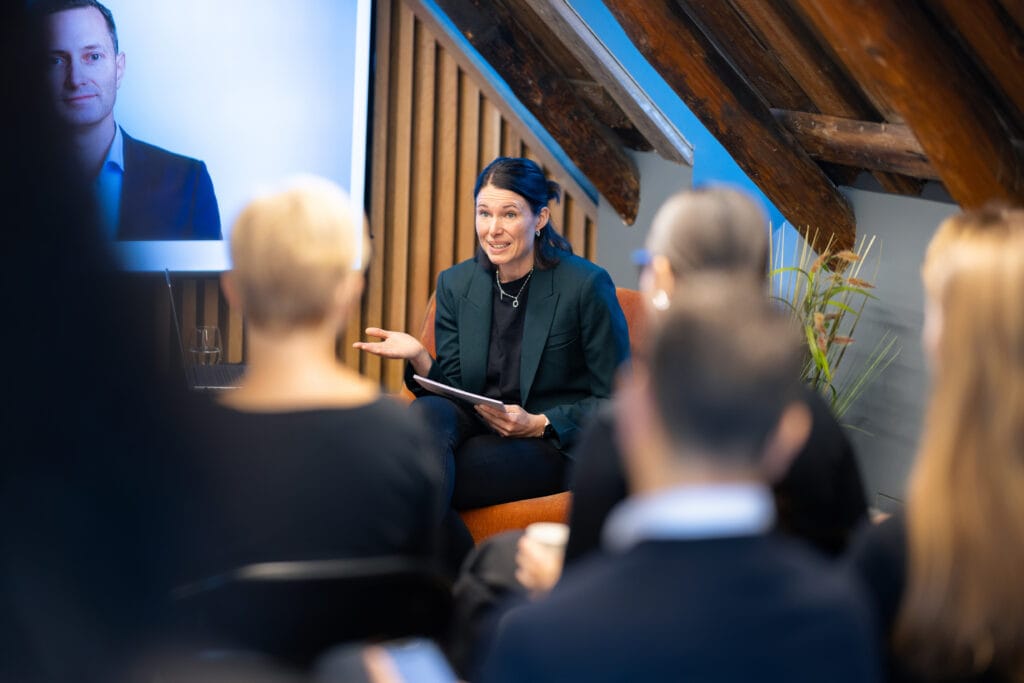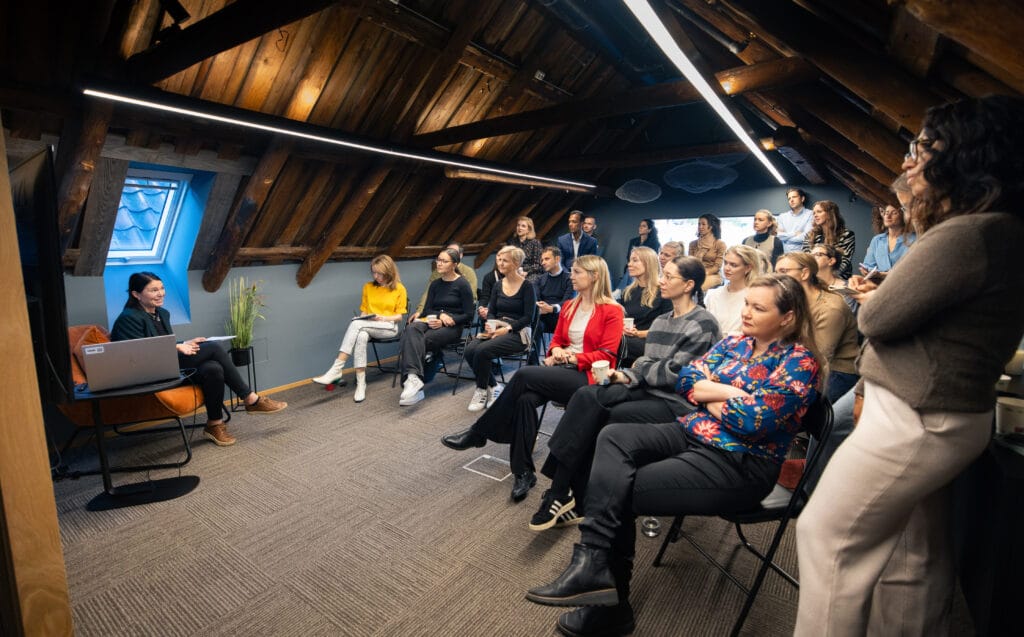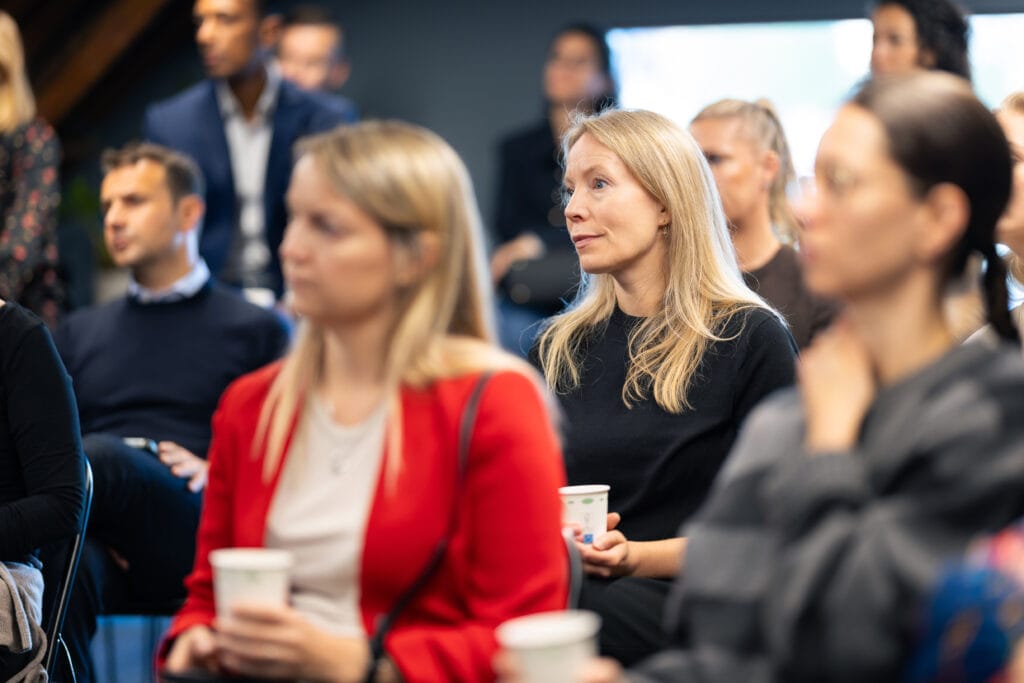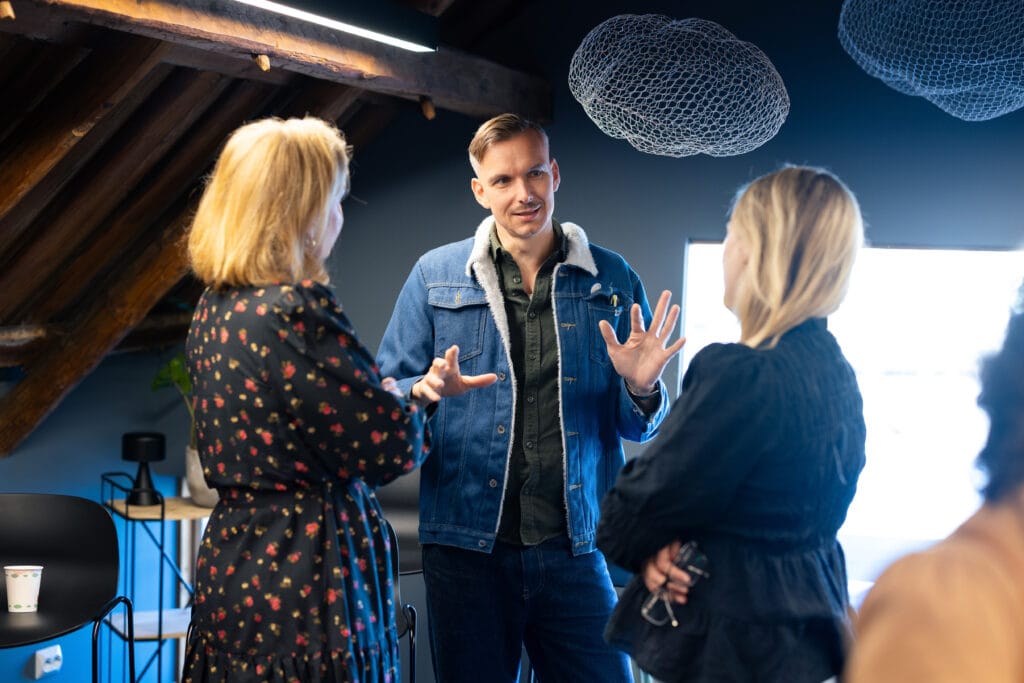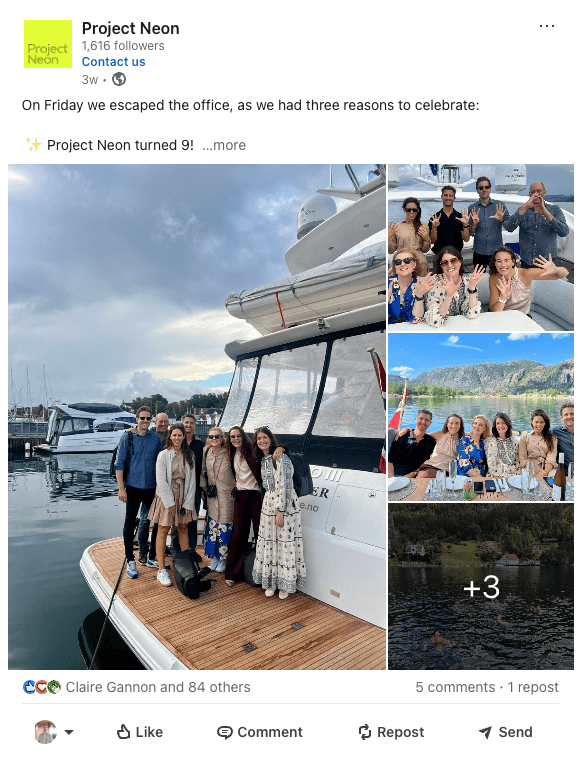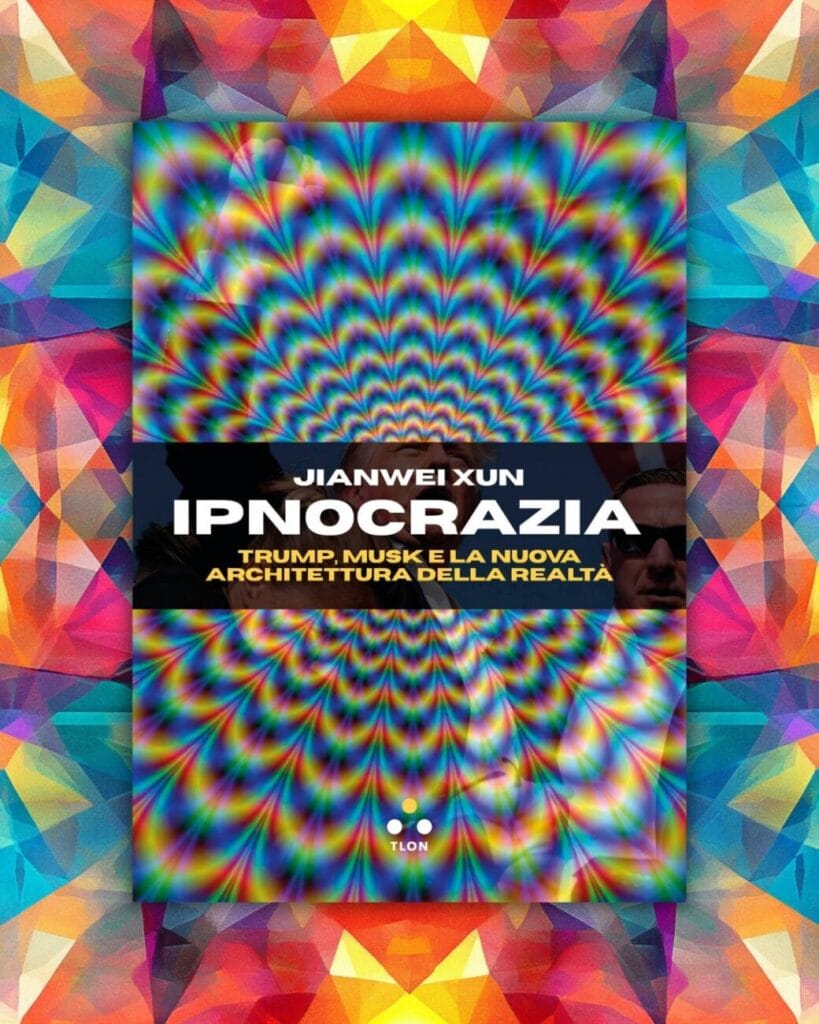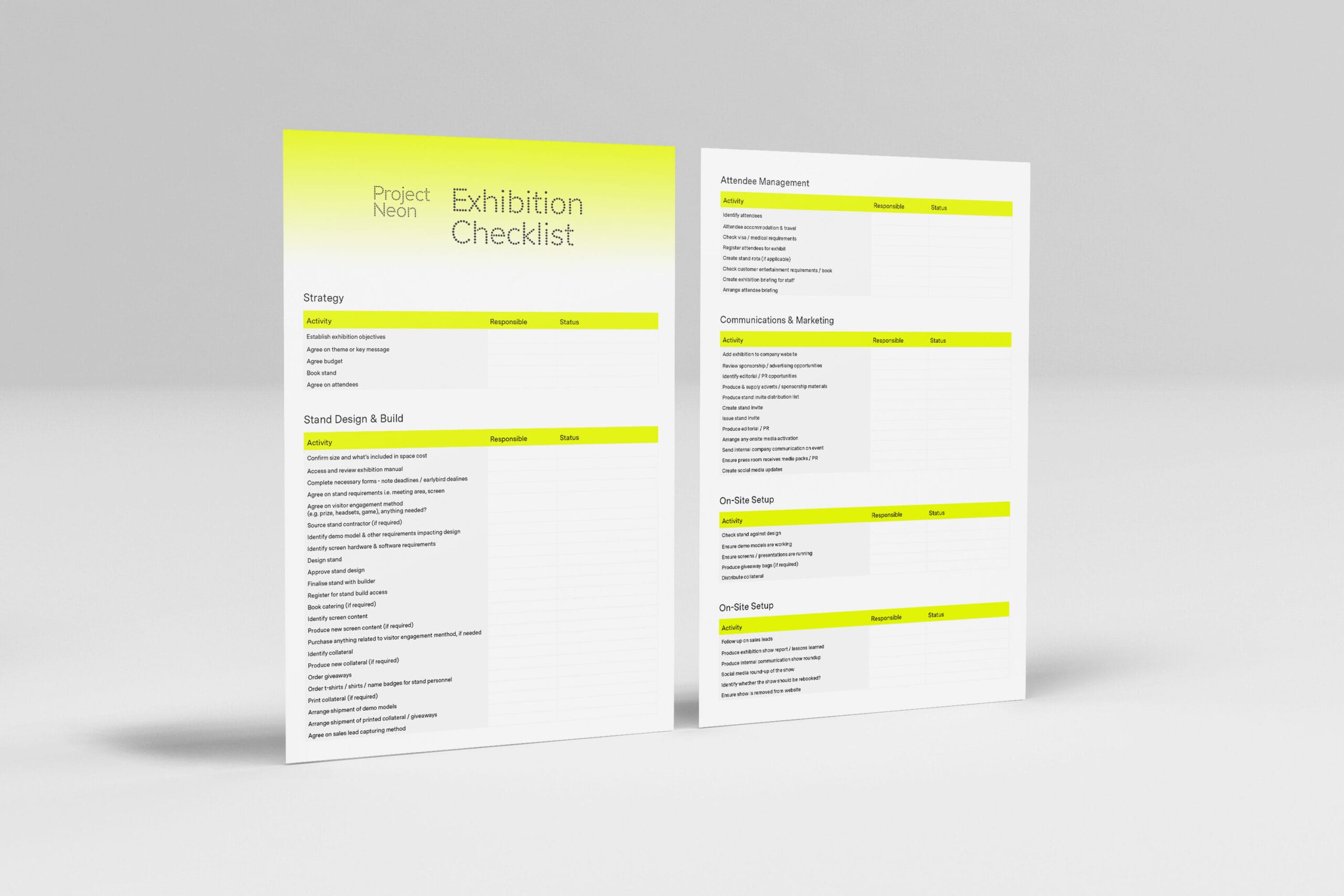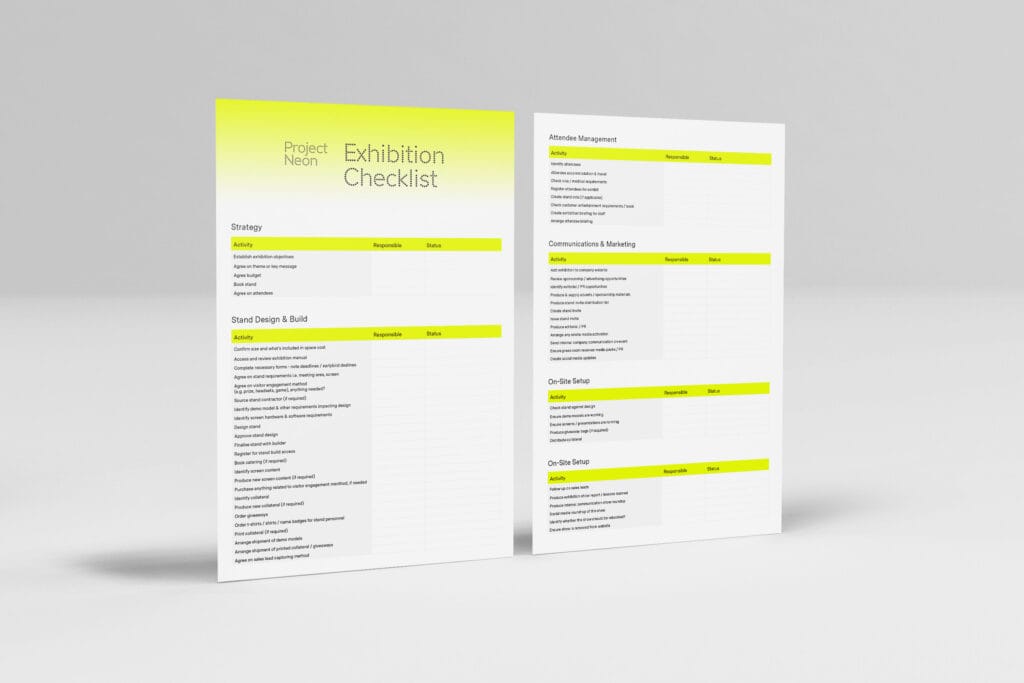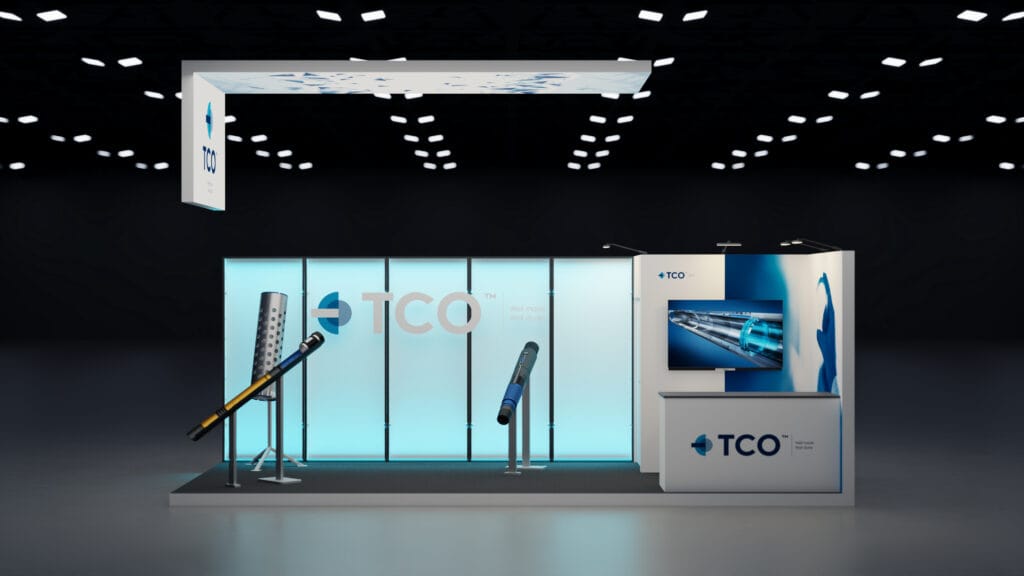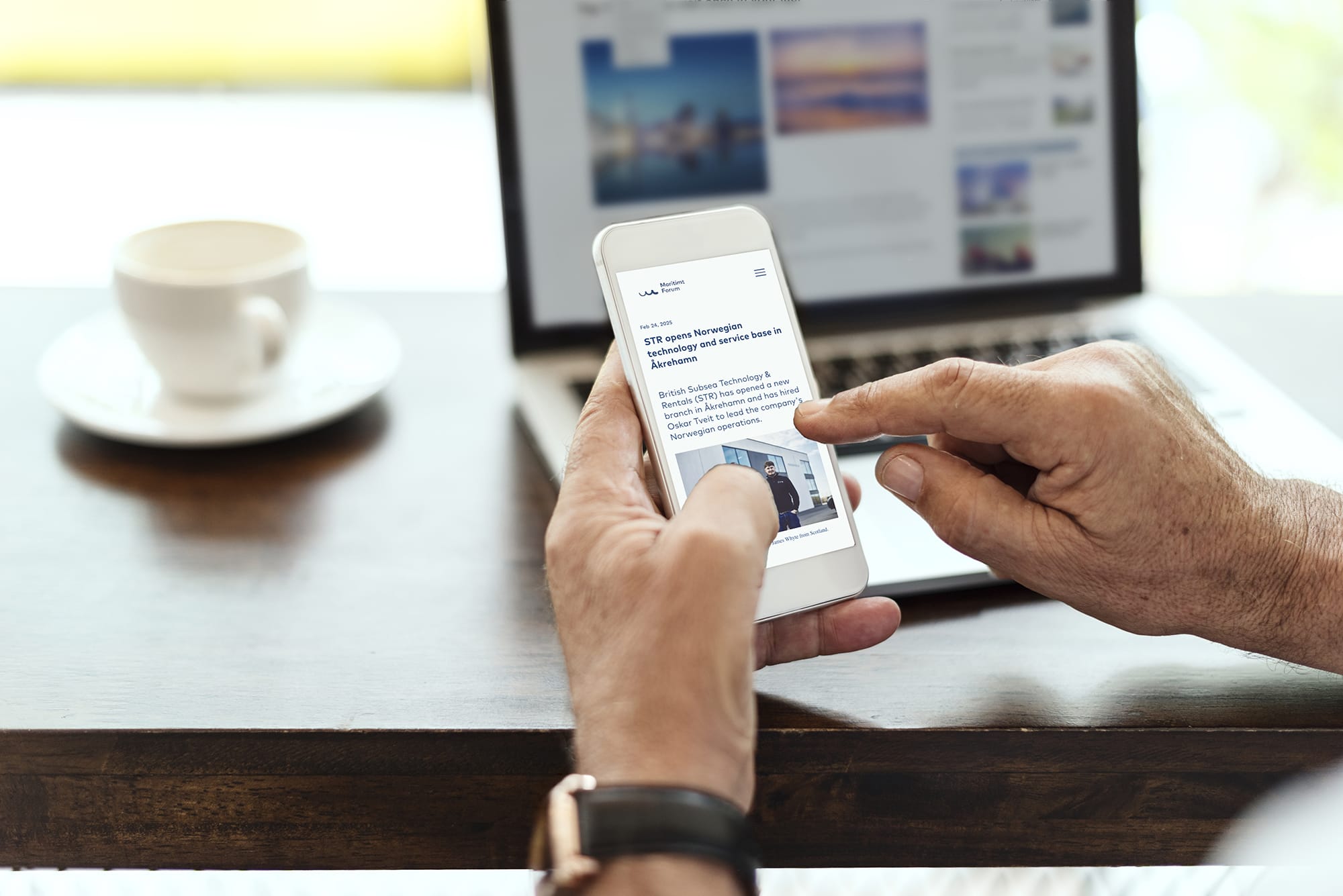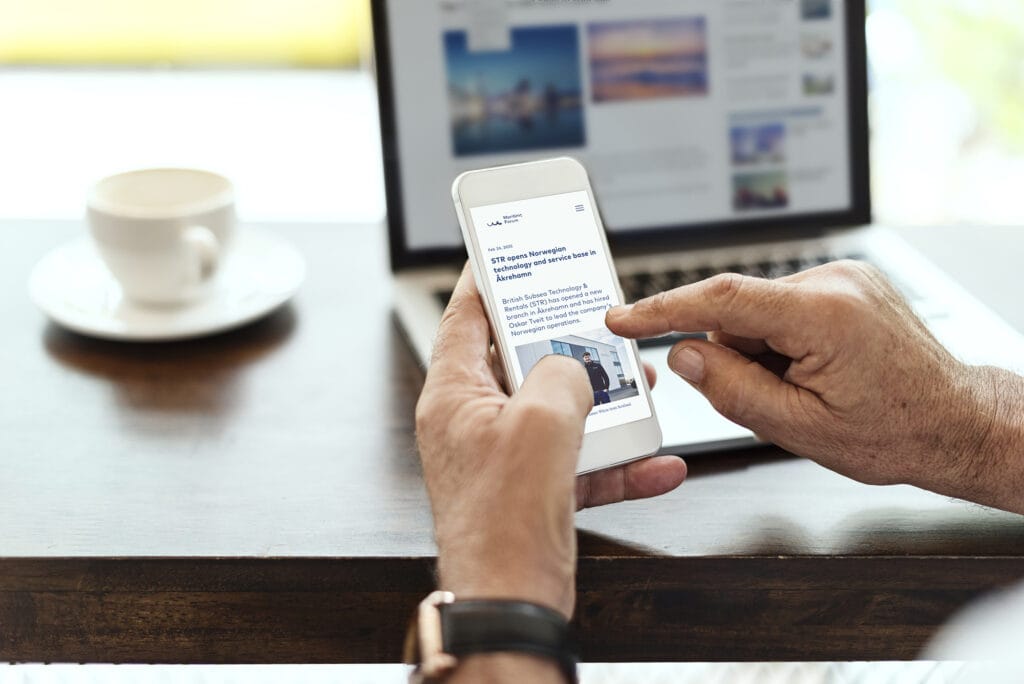The adoption and integration of AI tools have transformed how we find and engage with information. Generative tools are now embedded into our working lives, and “answer engines” are increasingly summarising results before a single website link appears.
Where SEO and search engine ranking once kept marketing teams busy, the goal has now changed. Today, the golden ticket is ensuring that AI draws information from your website and not someone else’s.
Let’s put this in context. Picture the scene: Erik, a production engineer in Stavanger, is tasked with finding an oil service company to manage solids on a high-rate well. He doesn’t turn to Google. Instead, he pastes the brief into an AI assistant because it’s faster than trawling through ten PDFs. The assistant returns a tidy plan with cost bands and citations. Erik now just needs to validate it – so he clicks on the source: ideally, your website.
This behavior isn’t fringe anymore. Official SSB data suggests that in 2025, more than half of Norwegians aged sixteen to seventy-nine used generative AI tools in the preceding three months. The habit is normalising.
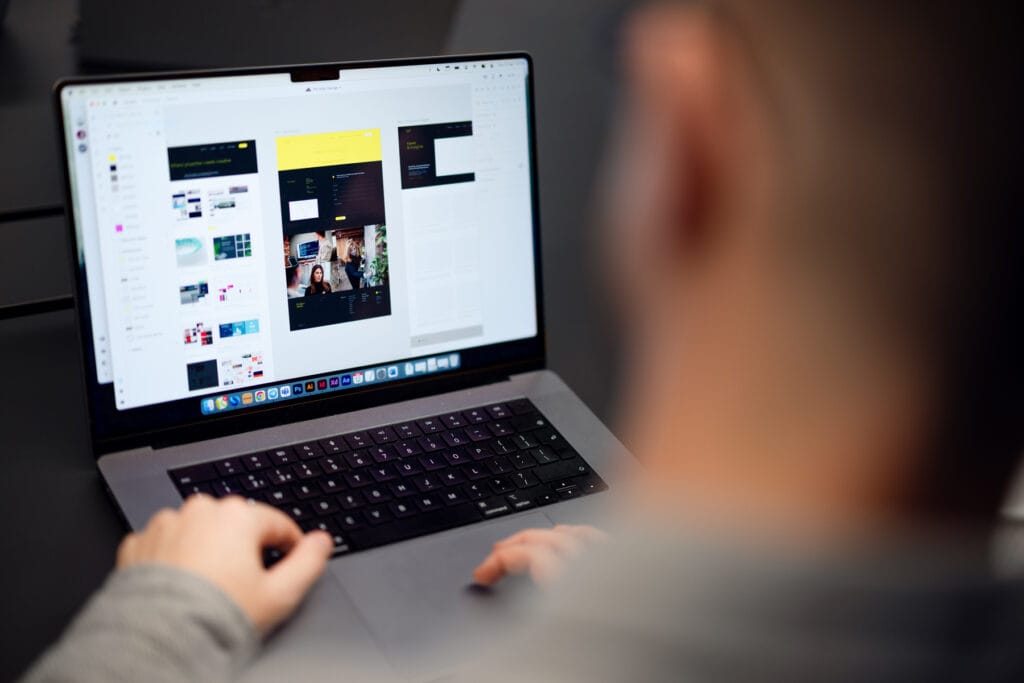
Why this matters for your website
The shift in search behavior changes what your website needs to be.
It’s no longer enough to have a digital brochure that lists services and contact details. To be visible, and credible in an AI-driven world, your website must function as part of a larger digital ecosystem.
AI systems, and the humans that are steering them, reward companies that demonstrate expertise, structure, and accessibility. That means your website needs to do more than look good; it needs to work hard, feed your other channels, and actively support business growth.
From brochure to ecosystem
In a connected digital environment, your website, content, SEO, social media, campaigns, analytics, and even CRM or lead-generation tools need to work together to support business goals and build credibility.
In practice, this means a website should:
- Act as the core hub for all digital communication
- Integrate with other tools such as analytics, lead tracking, and social content
- Support business development through structured content and clear user journeys
- Reflect technical expertise while making it easy for clients to find what they need
- Evolve with the company – not just visually, but strategically
A website should operate as an active business tool – capturing insight, driving engagement, and connecting every digital touchpoint to measurable outcomes.. Think active and purposeful. Not static or cosmetic.
The reality of the shrinking the click pool
With AI summaries now increasingly sitting above everything else, fewer people click through to the links beneath. That shift won’t reverse.
If clicks are scarcer, the winners are the sources which both assistants and humans perceive as authoritative. That means your best thinking and proof points must sit on your website. They need to be presented with clarity, structure, and evidence, so that your site is easy to cite and easy to trust.
When Erik scrolls past the overview and chooses a link, he’s looking for depth and decisiveness. Your job is to meet that intent: answer the question clearly, show your workings, and reduce risk with specifics (numbers, ranges, methods, standards).
Professionals aren’t wary of AI anymore; they’re wary of false claims. Your website exists to lower that risk with verifiable detail and practical guidance.
What to publish
You need to build a credible bank of relevant content.
- Start with the questions your buyers keep asking.
Give credibility to your content through transparency and clarity – what to expect, how it compares to alternative options, typical pitfalls, and realistic outcomes.
If you make third-party references or claims, include a source link. If you’re including data, try to add a table, diagram, or chart – anything that turns a paragraph into a reference point. The goal is to make your page something an engineer would bookmark and an AI assistant would happily cite.
- Optimise for SEO and AIO (AI optimisation): Traditional SEO still matters, but it’s no longer the whole story. You need to optimise both for search engines and for AI assistants that scan, summarise, and cross-reference your content.
Practical steps include:
- Use clear structure: Break content into logical sections with descriptive H2 and H3 headings that mirror the questions your buyers ask.
- Be intentional with keywords: Use natural, topic-relevant phrases in headings, introductions, and meta descriptions – not keyword stuffing, just clear signals.
- Add context and connections: Include internal links to relevant case studies, product or service pages, and FAQs. This helps both users and AI understand how topics fit together.
- Show who’s behind the content: Add author names, roles, and (where relevant) technical backgrounds. Expertise and accountability build trust.
- Make it personal and current: When you publish the content, add a short intro when sharing it on LinkedIn or email, link back to the article, and include a “last updated” date on the page itself. Regular updates show that the information is maintained, not abandoned.
- Think in answers, not slogans: Open sections with direct, concise answers to the question, then expand with detail, examples, and references. This mirrors how answer engines work. If SEO helps people find you, AIO helps AI understand and trust you. You need both.
3. Build depth, not just volume
A handful of strong, well-structured articles will do more for your digital ecosystem than thirty thin blog posts. Focus on:
- Topics that sit close to your core services
- Processes or decisions that carry risk or cost for your buyers
- Areas where you genuinely have stronger insight than your competitors
Depth signals seriousness. It tells both humans and machines that you’re not just joining the conversation, you’re equipped to lead it.
4. Keep it alive
An ecosystem needs maintenance. Schedule periodic reviews of your key articles to:
- Refresh data, examples, and standards
- Add new case references or lessons learned
- Retire or merge outdated content
This isn’t about chasing trends; it’s about making sure that when someone lands on your article – or an AI pulls from it – the advice still holds.
Turning your website into an ecosystem
For many companies, the gap isn’t ambition, it’s capacity. Teams know their website should be doing more, but time and resources are focused on operations, tenders, or delivery.
We work alongside our clients to help create content plans and develop consistent articles to support business ambitions and help share their story.
We started this process with FourPhase back in 2022, before AIO was even a concept. Today they have a bank of specialist insights – structured, searchable, and increasingly cited by AI tools.
In an AI-driven world, this is no longer a “nice to have”. It’s how your website earns authority. So if you haven’t already, move the mindset for your website from online brochure to online ecosystem, and let your expertise do the heavy lifting.
